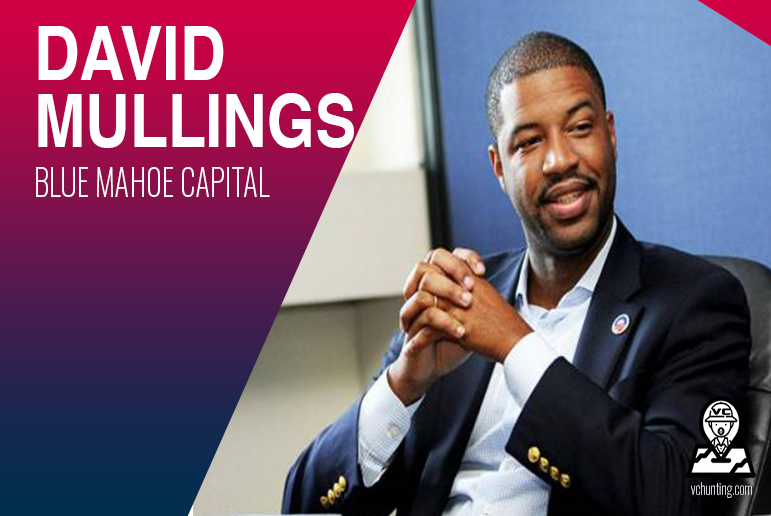What Do We Mean By Welcoming Complexity?

Subscribe To The Welcoming Complexity Newsletter
In this inaugural issue, we explain the newsletter’s title and provide a few thoughts on relevant Agile For All blog posts.
What is complexity?
Let’s look at a description of complexity from Yaneer Bar-Yam, founder of the New England Complex Systems Institute:
“…to understand the behavior of a complex system we must understand not only the behavior of the parts but how they act together to form the behavior of the whole. It is because we cannot describe the whole without describing each part, and because each part must be described in relation to other parts, that complex systems are difficult to understand. This is relevant to another definition of “complex”: “not easy to understand or analyze.” source
According the Bar-Yam, a complex system has two defining characteristics:
- Inter-related parts
- Hard to analyze/understand
David Snowden, creator of the Cynefin complexity framework, describes one more characteristic:
The relationship between cause and effect cannot be predicted, only seen in hindsight.
Is your organization complex?
All organizations have the first characteristic of complex systems: they consist up of inter-related parts. Check. How about the second characteristic? Do you find yourself struggling to analyze or understand your organization? And the third? Do you often get unpredictable results? If so, congratulations, you have a Complex System. And you’re not alone. Every organization made up of multiple humans is complex. What’s new is that the environment around is increasingly complex, unpredictable, even volatile. Traditional organizational paradigms are increasingly less effective.
Welcoming Change
Which brings us to the title of this newsletter. If you’re on our site, you’re probably familiar with the 12 Agile Principles. Allow me to remind you of principle 2: “Welcome changing requirements, even late in development. Agile processes harness change for the customer’s competitive advantage.”
For years, I overlooked the first word in that sentence. Sure, we would tolerate changing requirements late in development. We may even get good at accommodating them. But did we welcome them? When a changing requirement emerged late in development, did we celebrate it, like a visit from a new best friend? That’s how I think of the word “welcome”.
To welcome changing requirements means we are excited about them, because we’ve discovered a better way to delight our customer. Hence, that second sentence: “Agile process harness change for the customer’s competitive advantage”.
Anti-Fragile Systems
Let’s look at a related concept. In his book Antifragile, Nassim Taleb describes four types of systems:
- Fragile systems, which break in the presence of stress and change.
- Robust systems, which resist stress and change before they break.
- Resilient systems, which flex in the presence of stress and change, before returning to their original state.
- Antifragile systems, which improve in the presence of stress and change.
Accommodating changing requirements is an example of resilience. We will flex our system, but then return it to where it was. Welcoming changing requirements is an example of antifragility. We will improve our system based on the change.
Welcoming Complexity
This newsletter will explore the values, principles, and practices that allow us to welcome complexity. We want to harness complexity for our customer’s competitive advantage. We also see that harnessing complexity helps make our workplaces more engaging and rewarding. Finally, we want our organizations not just to be more competitive in the marketplace, but to better serve their purpose in the world.
This newsletter will explore questions like:
- What is different about an organization that improves in the presence of volatility?
- What leadership behaviors are required?
- What organizational structures will encourage this approach?
- What systems or frameworks can we put in place to catalyze it?
- What organizations are doing this now, and what can we learn from them?
If this sounds interesting to you, subscribe to get a monthly dose of ideas. Feel free to forward this to friends or colleagues that you think might be interested.






[…] another fantastic article written by Peter Green on his blog Agile For All. In the post, “What Do We Mean By Welcoming Complexity,” he reminds readers of the second Agile principle, namely, that we “Welcome changing […]
[…] another fantastic article written by Peter Green on his blog Agile For All. In the post, “What Do We Mean By Welcoming Complexity,” he reminds readers of the second Agile principle, namely, that we “Welcome changing […]